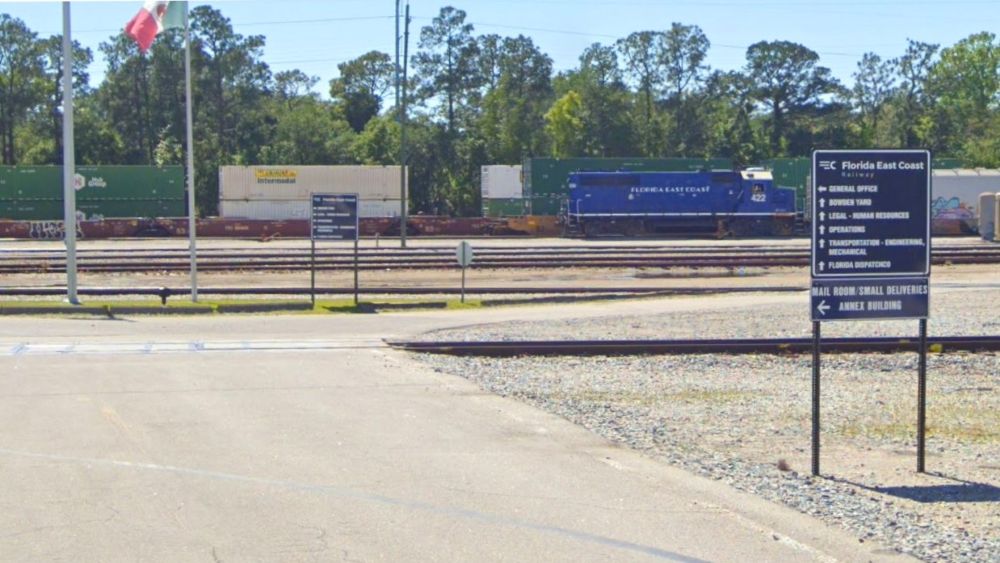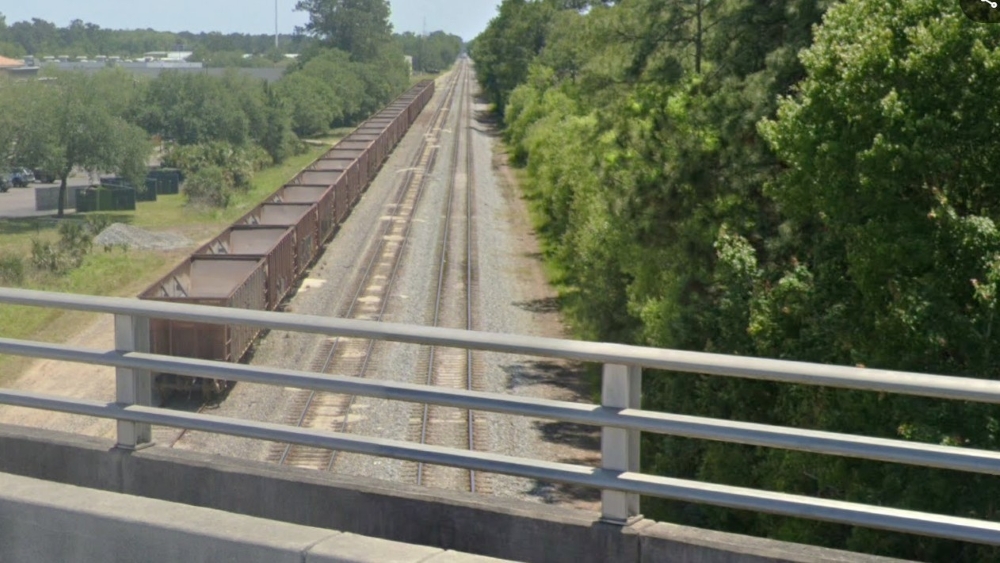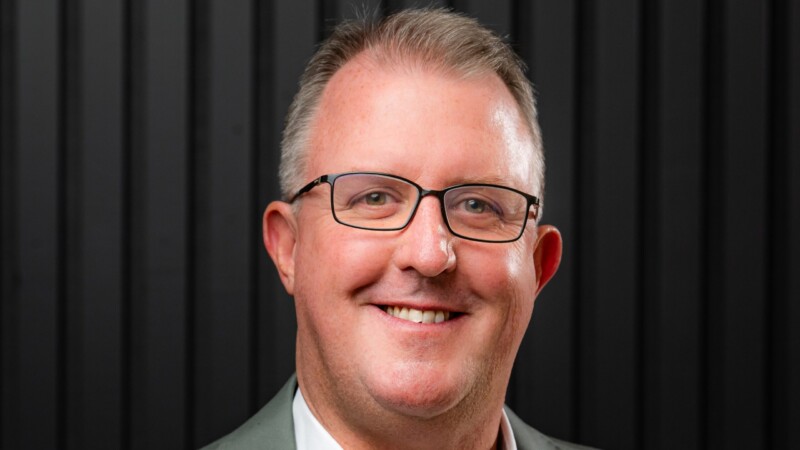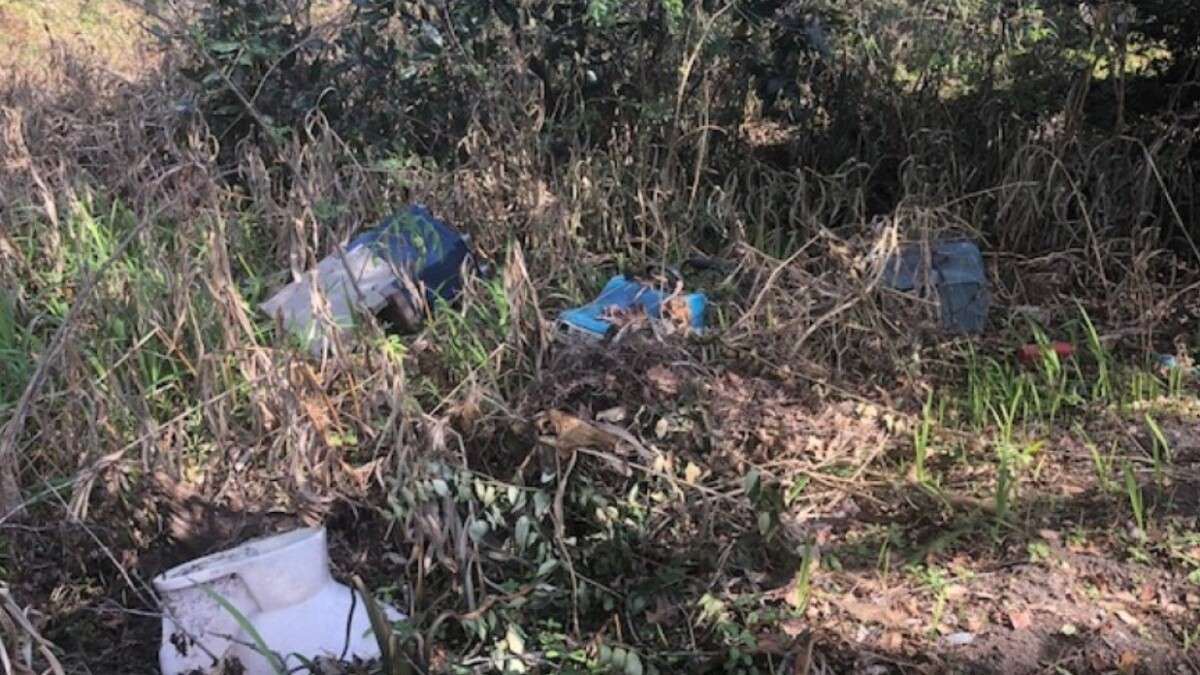Q: Sometime before dawn, constant beeping begins in a San Jose neighborhood near Florida East Coast Railway’s Bowden Yard.
More than 20 lines of tracks lie there to load and reroute freight for travel north and south. The neighborhood also is close to Baker-Skinner Park’s baseball field complex and just west of Philips Highway.
“(The beeping) starts every single morning between 4 and 4:30 a.m.,” says Jacksonville Today reader Michelle N.
Michelle lives on the western side of Old Kings Road, so she’s not backed up to the railroad. “I’m a good four or five blocks away,” she says.
But where the beeping comes from, Michelle doesn’t know. She wonders:
“Is there a noise ordinance for the constant beeping of some type of machine?”
A: Anyone who wants to file a noise complaint with the city must note the dates and times that the noise is happening and report it to (904) 630-CITY, or myjax.custhelp.com. If there is a pattern, the city will schedule a time to investigate, says City Hall spokesperson Philip Perry.
Perry says railroad issues can be tricky for the city to investigate because the Interstate Commerce Act and the Interstate Commission Termination Act preempt local ordinances.
The noise also could be some kind of safety device, which is exempt from Jacksonville Environmental Protection Board rules.
Local rules do prohibit trains from blowing horns or whistles while operating in switching or marshaling areas when information can be conveyed by radio, telephones and other means, he says.
“If it is a horn or whistle, and this is happening in the switchyard, the city can potentially investigate,” Perry says.

In Michelle’s case, the beeping could be a backup alarm on some kind of vehicle that is moved every morning at the rail yard. Or it might be coming from trucks at the countless Philips Highway businesses that back up to the rail lines.
There also are multiple FEC rail lines between Michelle’s neighborhood and Philips Highway, and support buildings, rail yards and container truck parking areas.
Jacksonville Today asked FEC officials repeatedly about a possible source of the beeping. We got no response. Could it be a passing train?
According to the Federal Railroad Administration, locomotive engineers must sound train horns at least 25 seconds before reaching a public highway crossing.
Train horns must follow a standardized pattern: two long blasts, one short blast, then another long blast. This pattern should be repeated or prolonged until the lead locomotive or cab car occupies the crossing.







